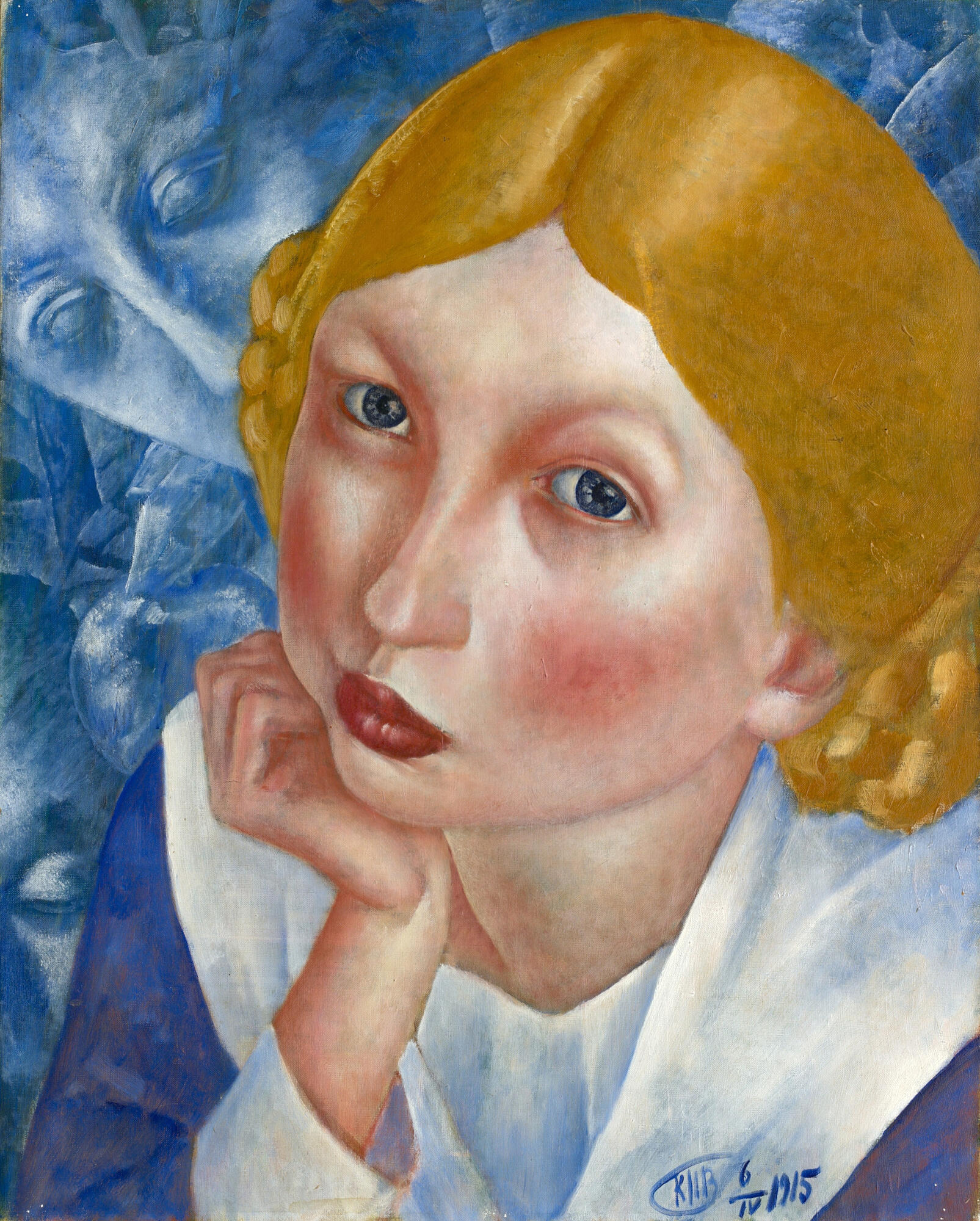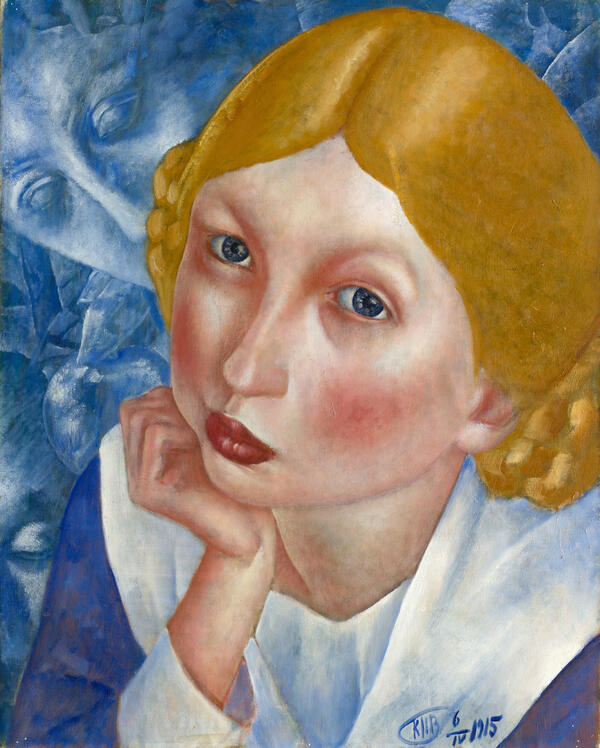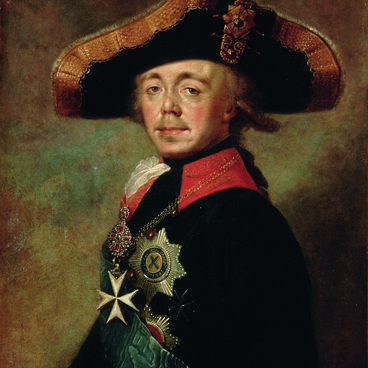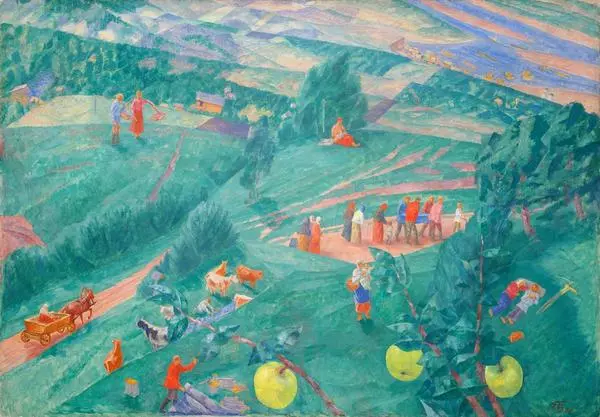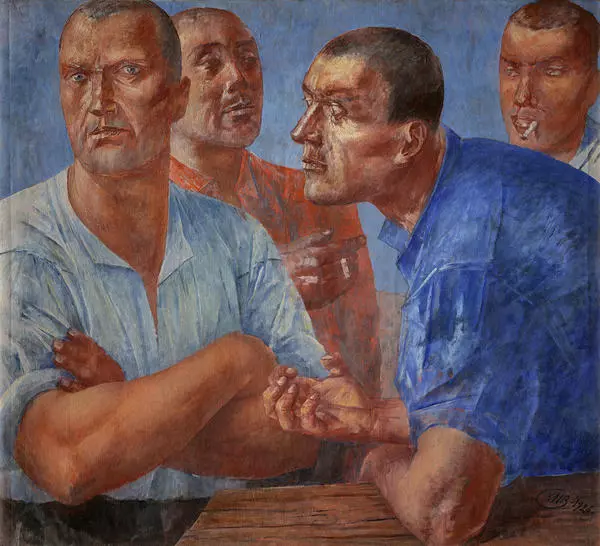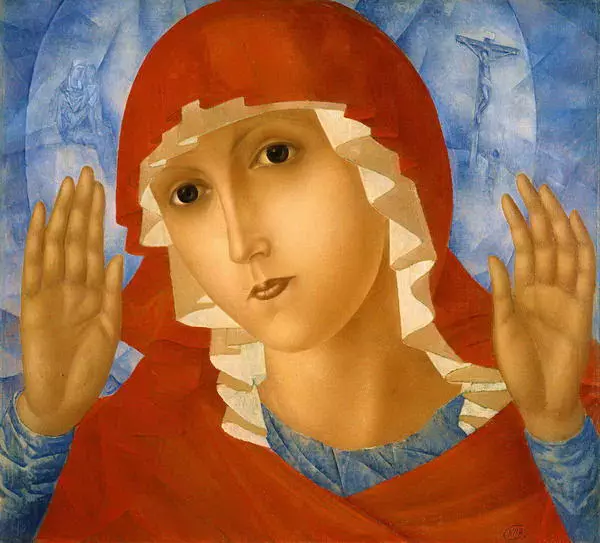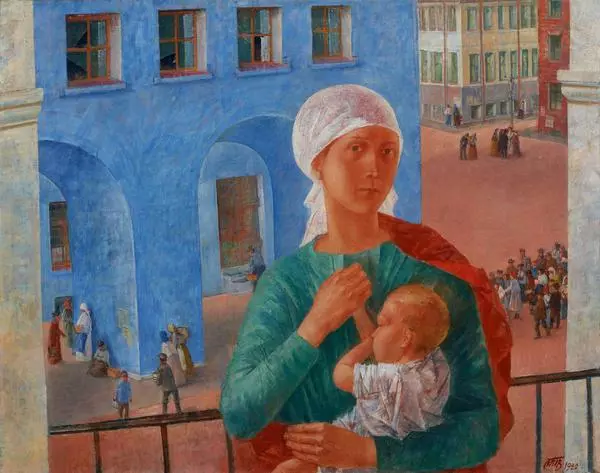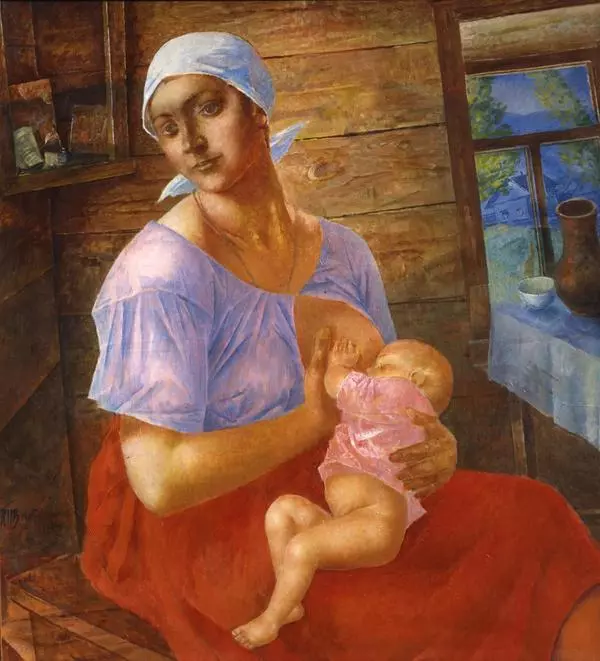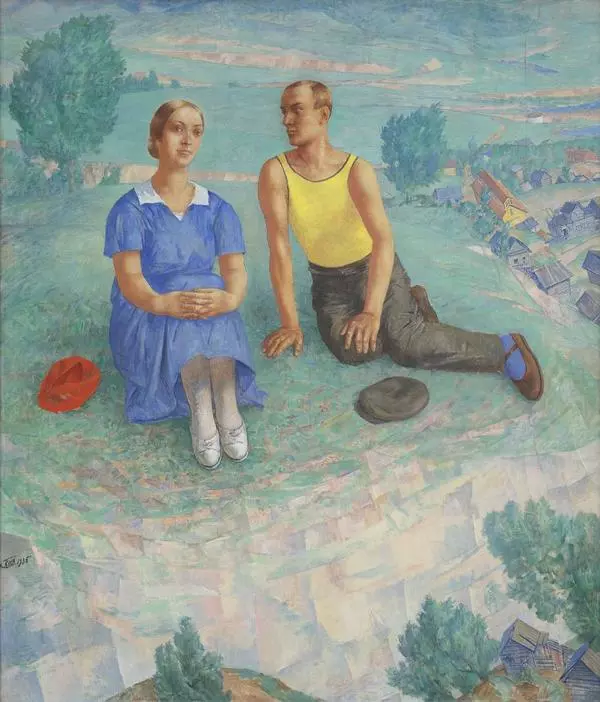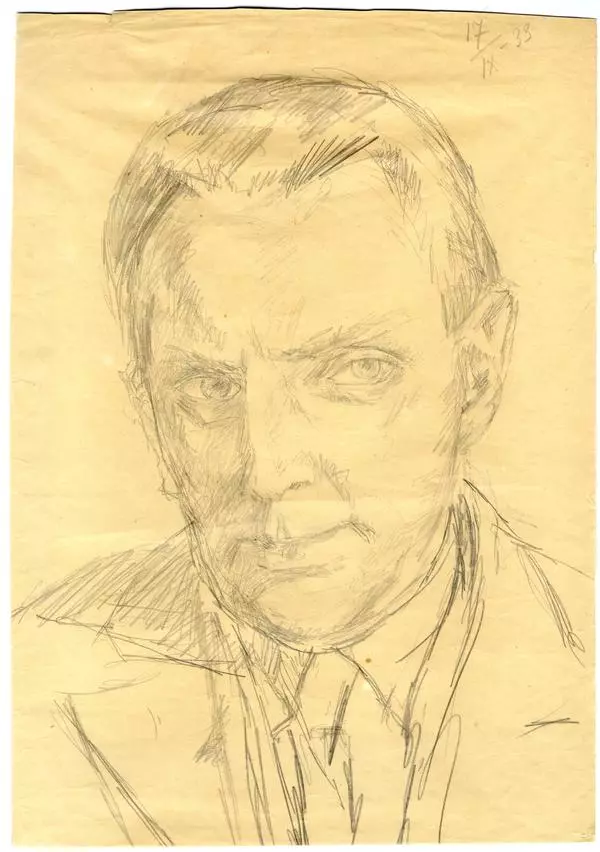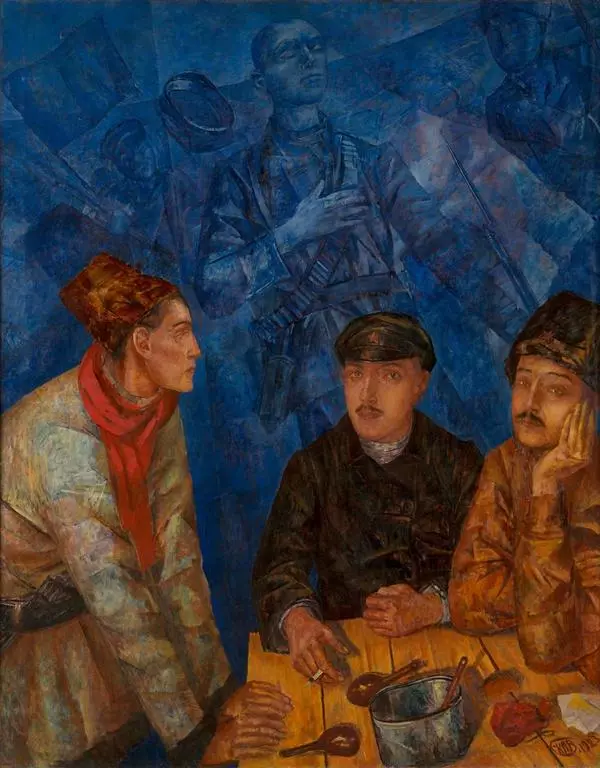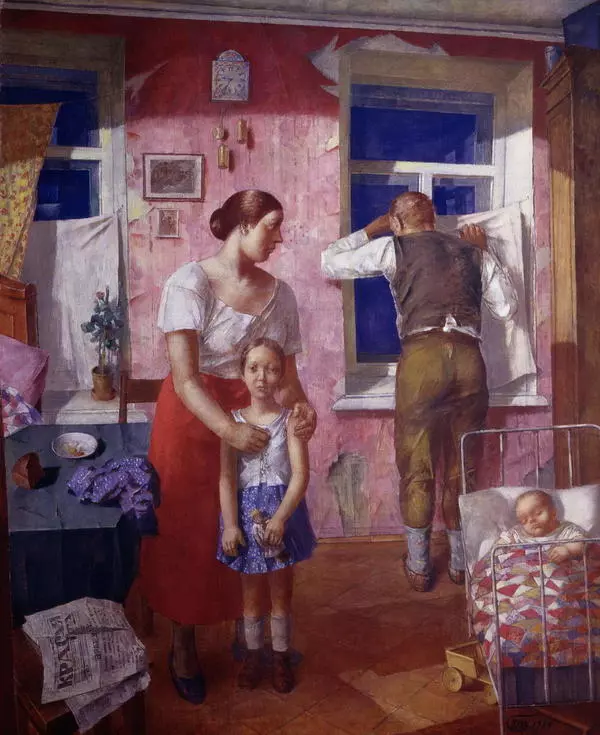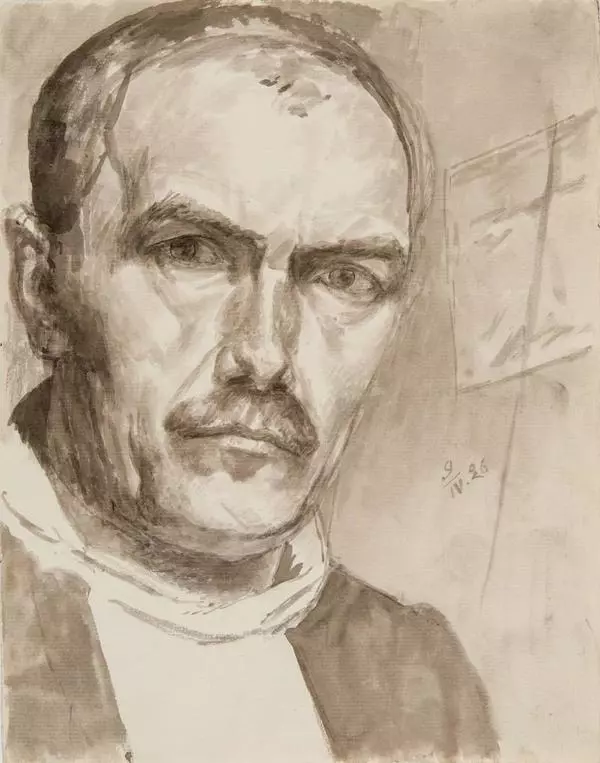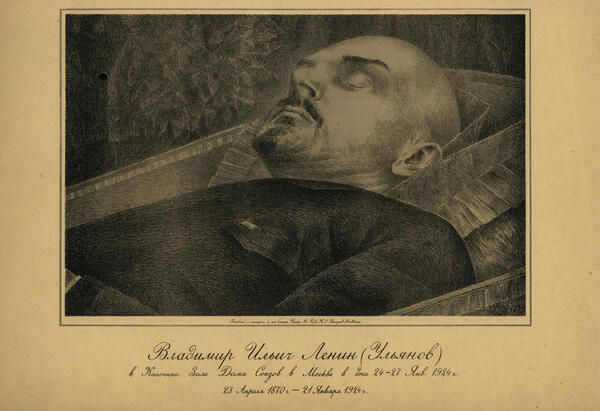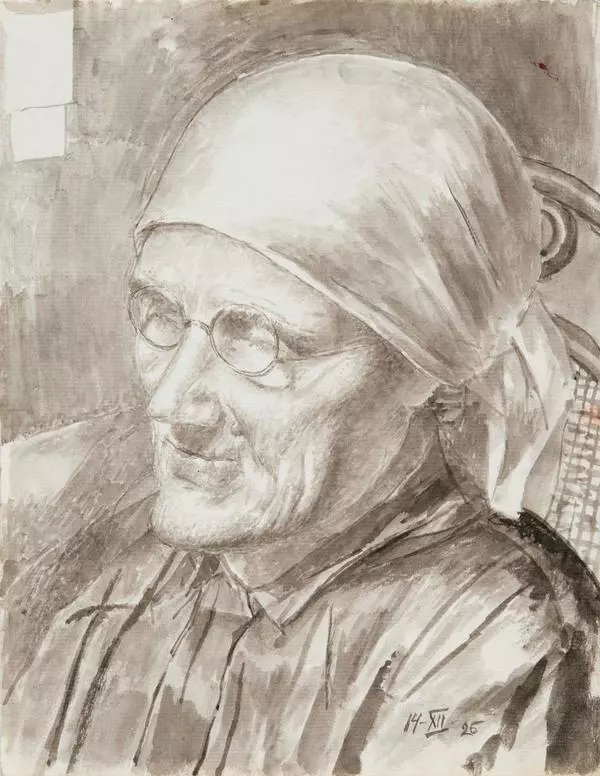Russian artist Kuzma Petrov-Vodkin (1878–1939) was originally from the Saratov region. At an early age he became interested in icon painting, but initially he did not intend to paint professionally. The decision was made when the artist failed the examination to the railway school in Samara and began to study in the painting class.
An important role in the life of the young artist played the architect Roman Meltser (1860–1943), who convinced him to get an education in Saint Petersburg. As a result, Petrov-Vodkin entered the The Saint Petersburg Stieglitz State Academy of Art and Design. Later, he moved to Moscow and continued his studies there.
His studies at the art school of Anton Ažbe (1862-1905) became a major step in the development of his professional style. At about the same time, the painter traveled a lot across Europe, even reached North Africa, reflecting the impressions of the trips in his works.
In the work of Petrov-Vodkin one can see the influence of French symbolism, Russian icon painting, and the Italian Renaissance. The master worked not only in easel painting, but also engaged in monumental painting. The artist’s works tend to be decorative, with a notable flatness of the image. He comprehended space and perspective in a unique way, conveying the “planetary” feeling through a sphere.
The artist is known for his works “The Sleep” (1911), “Boys at play” (1911), “Bathing a red horse” (1912), “1918 in Petrograd (Petrograd Madonna)” (1920).
The presented portrait of 1915 depicts the girl Ria Kholopova (1905-1987). Initially, the character of the painting was not identified and was kept in a museum under the name “The Head of a Girl”. However, after exhibiting the work in 1966 at the State Russian Museum in Leningrad, it was possible to establish the identity. The model herself saw her portrait and wrote a letter to the museum, which revealed the truth. The artist painted the work when Ria, or rather Ariadna Kholopova-Schmidt, was only ten years old. The girl’s parents were good friends of the artist, her father worked as an architect, and her mother was an artist.
This work reflects the characteristic features of the painter’s style. The image of the girl is conveyed by local bright colors. The girl’s face is taken in close-up; again there is a spherical treatment of the character’s outline and perspective. A skillfully designed color palette fills the work with freshness and a sense of youthful tenderness.
An important role in the life of the young artist played the architect Roman Meltser (1860–1943), who convinced him to get an education in Saint Petersburg. As a result, Petrov-Vodkin entered the The Saint Petersburg Stieglitz State Academy of Art and Design. Later, he moved to Moscow and continued his studies there.
His studies at the art school of Anton Ažbe (1862-1905) became a major step in the development of his professional style. At about the same time, the painter traveled a lot across Europe, even reached North Africa, reflecting the impressions of the trips in his works.
In the work of Petrov-Vodkin one can see the influence of French symbolism, Russian icon painting, and the Italian Renaissance. The master worked not only in easel painting, but also engaged in monumental painting. The artist’s works tend to be decorative, with a notable flatness of the image. He comprehended space and perspective in a unique way, conveying the “planetary” feeling through a sphere.
The artist is known for his works “The Sleep” (1911), “Boys at play” (1911), “Bathing a red horse” (1912), “1918 in Petrograd (Petrograd Madonna)” (1920).
The presented portrait of 1915 depicts the girl Ria Kholopova (1905-1987). Initially, the character of the painting was not identified and was kept in a museum under the name “The Head of a Girl”. However, after exhibiting the work in 1966 at the State Russian Museum in Leningrad, it was possible to establish the identity. The model herself saw her portrait and wrote a letter to the museum, which revealed the truth. The artist painted the work when Ria, or rather Ariadna Kholopova-Schmidt, was only ten years old. The girl’s parents were good friends of the artist, her father worked as an architect, and her mother was an artist.
This work reflects the characteristic features of the painter’s style. The image of the girl is conveyed by local bright colors. The girl’s face is taken in close-up; again there is a spherical treatment of the character’s outline and perspective. A skillfully designed color palette fills the work with freshness and a sense of youthful tenderness.
